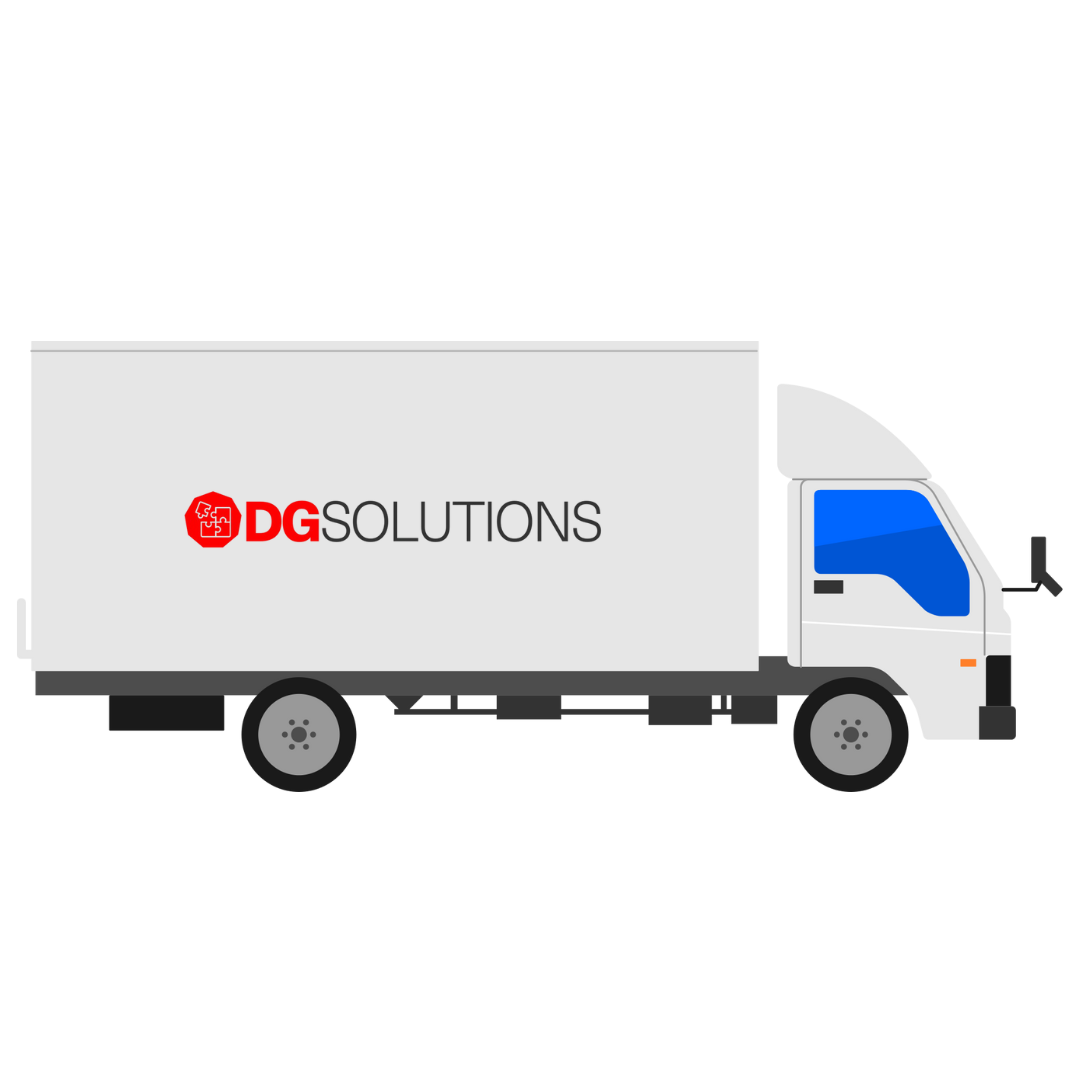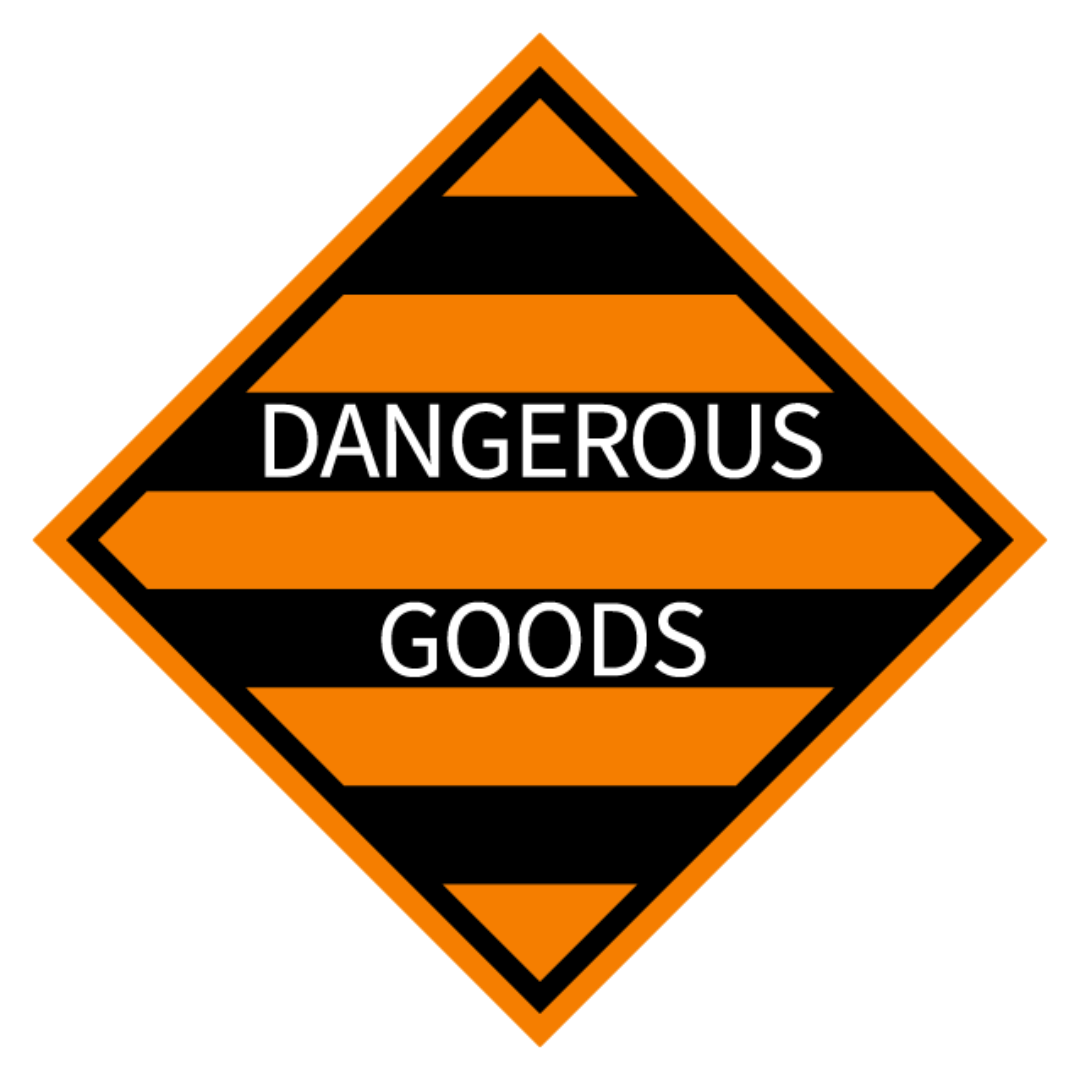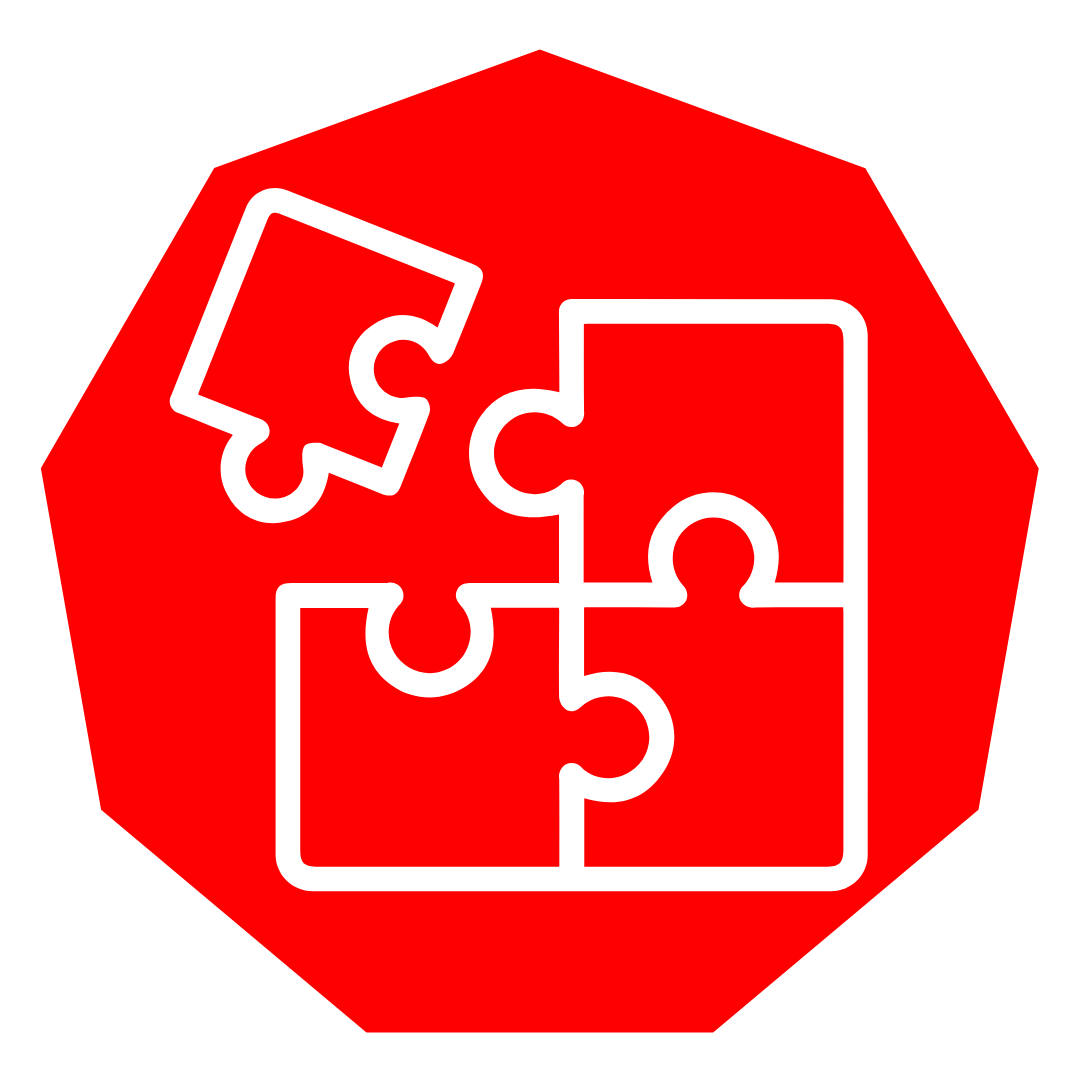BLOG — NZS 5433
Segregation of Dangerous Goods: Not Just a Warehouse Problem
When most people think about dangerous goods segregation, they picture shelves and storage bays — acids stored away from oxidisers, flammables kept well clear of reactive substances. But here’s the thing: segregation requirements don’t stop once your goods leave the warehouse. In fact, the Land Transport Rule: Dangerous Goods 2005 and NZS 5433 both place clear responsibilities on consignors and transport operators to ensure that incompatible substances aren’t loaded together in a way that could cause harm. Unfortunately, we’re seeing more cases of non-compliance at the transport stage, and it’s costing New Zealand businesses in delays, damaged freight, and serious...
What are Dangerous Goods?
The safe transportation and handling of hazardous materials are critical to protecting public health, safety, the environment, and property. Whether you're involved in logistics, shipping, manufacturing, or any other industry dealing with chemicals or other hazardous substances, understanding the classification of dangerous goods is essential. In this blog post, we'll explore how dangerous goods are classified, the regulations governing their transport both in New Zealand and internationally, and why getting it right is key to maintaining safety and compliance. What Are Dangerous Goods? Dangerous goods (also referred to as hazardous materials) are substances that pose a risk to health, safety,...
What is the NZS 5433?
NZS 5433 is a standard developed in New Zealand that focuses on the safe transport of dangerous goods by road and rail. It provides comprehensive guidelines for the handling, packaging, labelling, and documentation of hazardous materials to ensure the safety of both transport workers and the general public.
The standard aligns with international regulations, promoting consistency in the management of dangerous goods and reducing the risk of accidents during transportation. By adhering to NZS 5433, organisations can enhance compliance, improve safety protocols, and foster a culture of responsibility in the handling of hazardous substances across New Zealand's transport networks.




